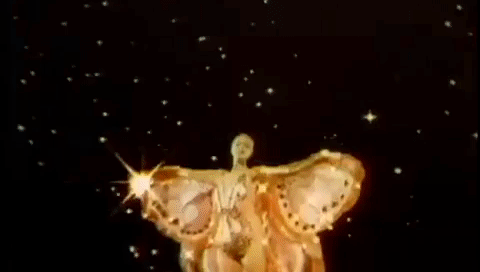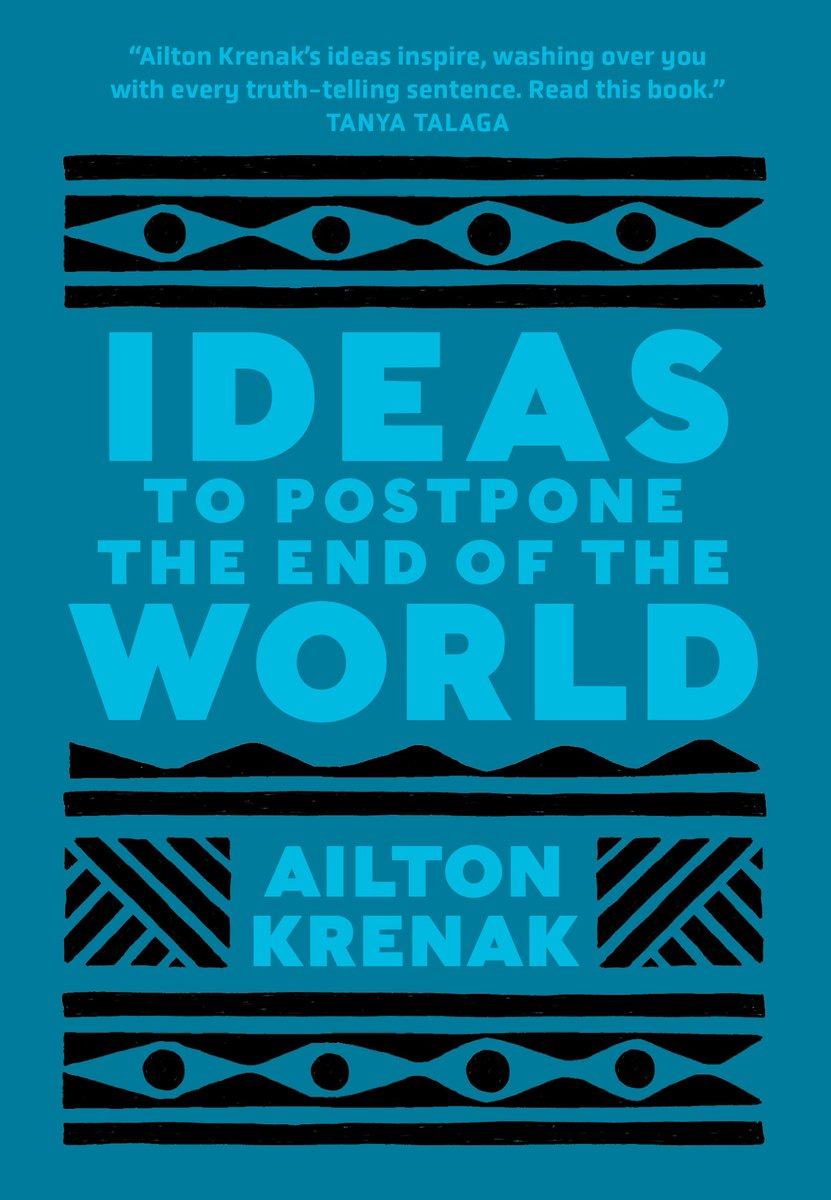🗺✨The Nexialist #0019
Synchronicity | Nostalgia Theory | Analog Travel | The Future of Reasoning | Ideas to Postpone the End of the World | Google Earth Time Travel | Imaginals vs. Imagination and some music...
Welcome to The Nexialist, a cuddle in your inbox 🫀
This week, I have to share with you how I’m feeling a lot of synchronicities around me. Four weeks ago, I started reading (and practicing) The Artist's Way: A Spiritual Path to Higher Creativity, by Julia Cameron. The book is a 12-week program to get in touch with and recover your creative self. It was recommended to me by my friend Lalai Persson, who always inspires me with her creativity, energy, and entrepreneurial attitude. To my surprise, Juan, my boyfriend, had gotten that book as a present from his sister and had it in his luggage as he arrived from Argentina the same day as the recommendation. The term synchronicity already appears in the introduction, which I have been noticing more closely.
Synchronicities are events connected to one another not by strict cause-and-effect, but by what in classical times were known as sympathies, by the belief that an acausal relationship exists between events on the inside and the outside of ourselves, crosstalk between mind and matter—which is governed by a certain species of attraction .
Jung believed that synchronicities mirror deep psychological processes, carry messages the way dreams do, and take on meaning and provide guidance to the degree they correspond to emotional states and inner experiences. (Source here)
We are on Week Four already, and I must say I’m quite impressed. The basic tools are the Morning Pages, handwritten first thing every morning, and the Artist’s Date, a creative date with myself every week. There are also other tasks and exercises to do each week, and this week there is an activity called Reading Deprivation. I read that and thought: I just can’t do that out of the blue, I MUST read for work and to write the newsletter. When I opened my e-mail, I had a message from my good old friend Andressa, who I know reads The Nexialist and we had not talked in months, saying she thought of me with the following videos:
🎥Nostalgia Theory
I closed last week’s Nexialist with Johnny Harris’ video about NFTs and I’ll start with him again (no problem for me, I hope he notices me 🥰). This Nostalgia Theory video really touched me. Johnny does an experiment: looking at old photos and footage, listen to old songs, and consume other content from the past every day, see what that would do to his mind. He was nurturing himself with nostalgic content, which is something I do quite a lot. Spoiler alert: it’s a good exercise, especially if you’re feeling lonely or lost. It reminds you of other versions of yourself. Spoiler alert 2: too much nostalgia might not be so good.
In the Artist’s Way, we are also invited to go back to our childhood, look for our creative selves. Since I started, I have been recollecting memories that I had forgotten. We are all creative children and most of us lose that as we grow older. So I deeply identified with that. It’s a cozy experiment that spoke to me.
Then, Andressa sent another e-mail on top of that one, with the following link, which is a collab:
🗺Analog Travel
Nathaniel Drew’s nostalgia experiment was different. He quit social media for 30 days and went on an analog trip. He was noticing how his social media behavior was similar to an addict and that his information diet felt like empty carbs.
As if that wasn’t enough of a sign for me to do a Social Media detox: he is filming in Portugal, one of my favorite places in the world and the capital of Nostalgia (Saudade!). He goes to places that I have been (some of them with Andressa, on my first trip to Europe about 8 years ago). At one point, a song from Rita Lee plays, an artist I have been listening to a lot and that I used to play in my DJ Sets. So many things. Yes, I did cry watching it.
That convinced me very quickly to delete my Twitter and Instagram from my phone and log out from my computer, (not my accounts though!). These were my automatic go-to scrolling/procrastinating choices. It’s been three days already, and I’m noticing that I go look for it all the time. At the minimum sign of boredom, there I am looking for the app or typing on the browser. I have noticed also that when an issue arises, it’s my first reflex to go to social media to avoid dealing with it. Also: I feel I have extra time, which is a new and necessary feeling for me.
🧠The Future of Reasoning
One more video from VSauce brought me a feast for thought. I highlighted below some of my favorite parts, but if you have 30 minutes this weekend, I would recommend playing it. This first part reminded me of a brighter side of the Self-Outsourcing Age:
Because of communication we can even make other people extensions of our minds. We can access their memories and perceptions and knowledge by simply asking. Or not. I don’t need to learn how to fix a car AND practice medicine AND vulcanize rubber OR remember everything … other people are doing that for me just as I do things for them. We are a species of individuals that is also one big interdependent lumbering growth. A frantic blur of flesh and concrete. A ‘techno sapien’ powered by imaginations and passions made real by a hallowed faculty we call REASON.
Some thoughts on how cognition and reasoning help us makes social decisions:
After decades of findings like this, Hugo Mercier and Dan Sperber began to hypothesize that reasoning to help us make better decisions, but instead, to help us make social decisions. Humans inhabit a cognitive niche on this planet. We aren’t strong or sharp or hidden or venomous, instead, our advantage comes from cognition: reasoning and cooperation. We can plan hunt, build traps, and engage in coordinated strategies that can be tested and modified on the fly, not by millennia of evolution. Reasons allow us to so those things. It’s hard to convince people that your intuitions are true. But if you can give REASONS for them, its a whole heck of a lot easier to convince other people that you’re right.
He also talks about intuition, which I have also been trying to exercise more for a few months (it pushed me to write this newsletter, and it has brought me so many positive things so far). I had never understood intuition as a kind of a different layer from reasoning, which now makes sense. We intuit things all the time, in a more unconscious place, and then try to find the logic behind it after.
🌎Postponing The End of the World
Now, this is a read I recommend. I took this book with me on my second artist’s date and it’s short and impactful. Ailton Krenak is a powerful voice from the Amazon: a writer, journalist, and philosopher from the Krenak ethnicity, who has been in the front fighting for indigenous rights for more than 40 years. There are three thought pieces from Ailton in the book, filled with so much truth. It touched how he critiques the idea that humanity sees itself as something separate from nature, and “it doesn’t recognize that the river which is in a coma is also our grandfather.” It’s so simple yet so thunderous.
For context: In 2015, a tragedy happened in Mariana in Minas Gerais: a dam broke, killing 19 people, devastating villages, and spreading toxic mud along more than 500km of the Rio Doce river. This is the largest environmental disaster that happened in Brazil, and it still being investigated with no signs of accountability (Vale, Samarco, and BHP are the companies involved). Rio Doce is part of Ailton’s home. It is our grandfather.
🌎Google Earth Time Travel
In the biggest update to Google Earth since 2017, you can now see our planet in an entirely new dimension — time. With Timelapse in Google Earth, 24 million satellite photos from the past 37 years have been compiled into an interactive 4D experience. Now anyone can watch time unfold and witness nearly four decades of planetary change.
Just a reminder of how quickly things are changing and the consequences of humanity’s choices. Not much to be said here.
Read: Time flies in Google Earth’s biggest update in years
🦋Imaginals vs. Imagination
Javier Navarro sent this text to me a couple of months ago and it’s been in my head ever since. Brian Collins starts talking about how a caterpillar becomes a butterfly after going into the cocoon:
That’s when something remarkable happens: Special groups of cells called “imaginal discs”—that have been inside the caterpillar all along—suddenly kick into gear, providing instructions on how to build a butterfly. Only when the time is right do they activate to guide the transformation.
A caterpillar and a butterfly: two life forms crafted from the very same raw material. If you didn’t know the two were one—more identical than identical twins—you would never guess. And what is business-as-usual for butterflies is also true for most insects and even a few amphibians. Not all devolve into goo, but they all transform. Since insects account for as much as 90% of all animal lifeforms on Earth (including 180,000 kinds of butterflies and moths), it seems we are the odd ones out.
Humans don’t have imaginal discs. But we have imaginations—soaring, amazing, fantastic imaginations. The ability to envision countless possibilities is humanity’s defining feature—and our species’ saving grace. Imaginal discs map out very specific, preprogrammed destinies. Our imaginations allow us to explore uncharted territory, to transcend the boundaries of here and now, to prototype and try out different futures. To paraphrase James Baldwin, we can take the raw materials at hand—the world as it is—and use them to create something very different. Something better.
I thought that was quite poetic (Javier might have said corny and maybe he’s right). But then, be careful with the following part. After reading this you cannot unread it. It’s quite straightforward:
The metrics are simple. If a product or service:
Improves the quality of the air, the water and the land, do it.
If it doesn’t, don’t.Fosters human rights and dismantles racism, do it.
If it doesn’t, don’t.Supports health—personal, public, animal, plant, planet—do it.
If it doesn’t, don’t.Promotes science, education and the arts, do it.
If it doesn’t, don’t.Strengthens First Amendment rights (freedom of speech
and the press; the right to peaceful assembly; the right to petition
the government for redress), do it.
If it doesn’t, don’t.Generates prosperity for the many instead of the few, do it.
If it doesn’t, don’t.Invests in both the short-term and long-term future, do it.
If it doesn’t, don’t.
That’s it. 🤷
🫀Now Some Music
I don’t know about you but I want those gloves and I would love to dance like that.
Some Dutch quality music for you. Eefje de Visser always makes me feel things even if I have no clue what she’s singing about.
Mila V, director-turned-musician, is also from Amsterdam. The track is quite exciting, but I would also like to show off AbbyOMG, the only Brazilian Drag Queen to make it to Drag Race, and it was in the Holland edition.
Read: Mila V makes emotional acid house for the club - i-D
❤️If anything made your brain tingle, click like and don't hesitate to share it with the world. It helps The Nexialist to reach more curious minds. See you next week!🦦
🫀If you enjoyed this newsletter, please share it with your friends. If someone amazing sent it to you, tell them you love them, and you can subscribe at thenexialist.substack.com. If you want to know what a Nexialist is, click here. If you want to introduce yourself or give me any feedback, I would love to hear from you. Drop me an e-mail or say hi on LinkedIn or Instagram.







